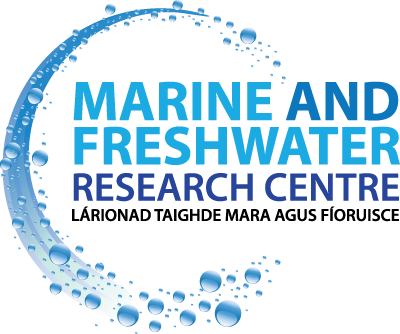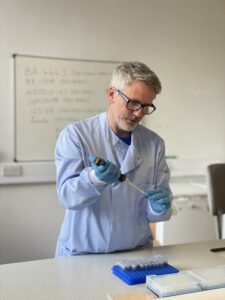The European Badger (Meles meles) is considered to be an important host species for bovine tuberculosis (bTB) and are associated in the transmission of bTB infection to, and from, cattle. In recent years, there has been a movement away from badger culling to prevent bTB transmission via wildlife and a movement towards vaccination, under the current national bTB eradication plan, being carried out by the Department of Agriculture, Food and the Marine (DAFM). In order for the national vaccination programme to be successful, reliable estimates of badger abundance on both a local and a national scale are vital, but currently unknown.
Non-invasive genetic sampling methods are at the forefront of population level monitoring, as they provide the most precise population estimates when compared to conventional methods previously applied in Ireland. Using these non-invasive sampling methods, this collaborative project between ATU, South East Technological University (SETU) and DAFM, aims to identify whether non-invasive samples can be used to obtain reliable population estimates on a local scale. This will be achieved using spatial capture-recapture models, thereby creating a ‘genetic toolbox’ for vaccine delivery and bTB management in Ireland.




